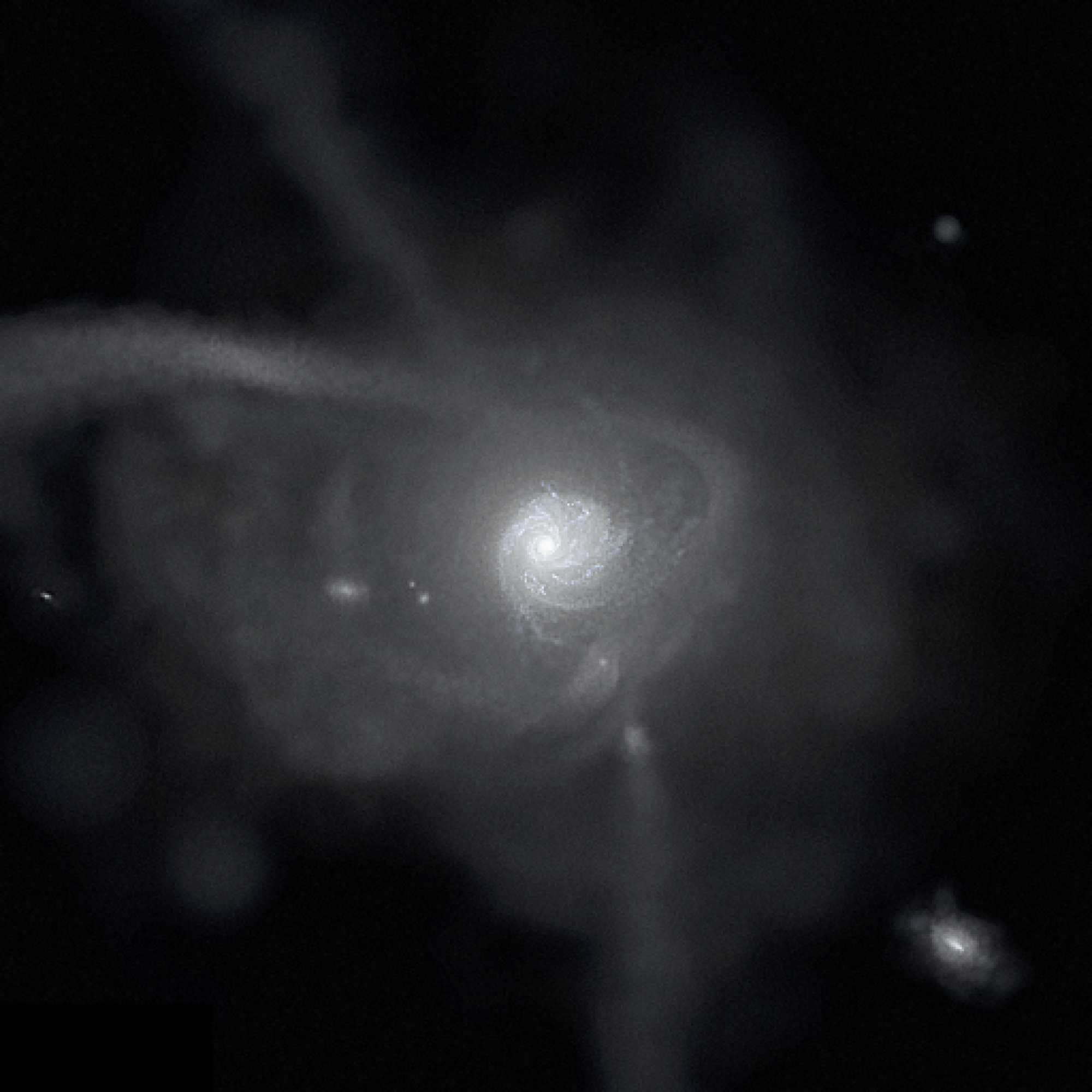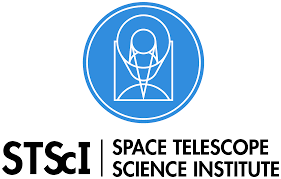Proceedings of the National Academy of Sciences highlighted work from our group and the FIRE collaboration in an article: Inner Workings: Dwarf galaxies pose new questions about dark matter and the early universe that models are struggling to answer.
Sarah Loebman to start as assistant professor at UC Merced
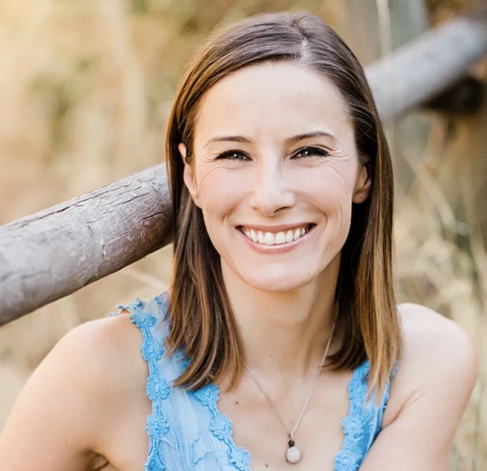
We are so excited that Sarah Loebman has accepted a faculty position at the University of California, Merced, where she will start as an assistant professor in their Department of Physics in fall 2020! We are doubly excited because, as one of their two inaugural astrophysics faculty, Sarah will start a new astrophysics program within their department. Fortunately for us, she will stay with our group at UC Davis for another year to finish her NASA Hubble Fellowship and Chancellor’s Postdoctoral Fellowship. Congratulations Sarah!!
Hubble Space Telescope (HST) Treasury Program: M31-6D survey
Space Telescope Science Institute has awarded our team
- PI Dan Weiz
- co-PI Nitya Kallivayalil
- co-PI Andrew Wetzel
- co-investigators: Jay Anderson, Gurtina Besla, Mike Boylan-Kolchin, Tom Brown, James Bullock, Andrew Cole, Michelle Collins, Mike Cooper, Alis Deason, Andrew Dolphin, Aaron Dotter, Mark Fardal, Annette Ferguson, Tobias Fritz, Marla Geha, Karoline Gilbert, Raja Guhathakurta, Rodrigo Ibata, Michael Irwin, Myoungwon Jeon, Evan Kirby, Geraint Lewis, Dougal Mackey, Steve Majewski, Nicholas Martin, Alan McConnachie, Ekta Patel, Mike Rich, Josh Simon, Evan Skillman, Tony Sohn, Erik Tollerud, Roeland van der Marel
a Hubble Space Telescope (HST) Treasury Program of 244 orbits for Tracing the 6-D Orbital and Formation History of the Complete M31 Satellite System. These Hubble Space Telescope (HST) observations will provide the initial baselines for long-term proper-motion measurements for all of the known satellite galaxies around Andromeda (M31). Our goal is to measure the orbital motions of these satellites as they move across the sky over the next ~10 years, to complete their full 6-dimensional orbital phase-space. Our key science goals are to:
- Understand the effect of environment on low-mass galaxy evolution
- Use low-mass galaxies as probes of the epoch of reionization
- Dynamically measure the mass distribution of M31’s dark-matter halo
- Test planar associations of satellite galaxies
Combined with our existing HST Treasury Program to measure proper motions for all of the satellite galaxies of the Milky Way, we will provide proper motions for all known satellite galaxies across the Local Group.
Hubble Space Telescope (HST) Legacy Theory grant: low-mass galaxies and reionization
Space Telescope Science Institute has awarded our team
- PI Andrew Wetzel
- co-PI Robyn Sanderson
- co-investigators Mike Boylan-Kolchin, James Bullock, Shea Garrison-Kimmel, Andrew Graus, Sarah Loebman, Xiangcheng Ma, Erik Tollerud, Dan Weisz
a Hubble Space Telescope (HST) Legacy Theory grant for Probing the epoch of reionization with the fossil record of nearby dwarf galaxies. Our goal is to use our FIRE-2 simulations to rigorously test and characterize how well HST near-field observations of the star-formation histories of low-mass galaxies in the Local Group can measure the faint end of the galaxy ultra-violet luminosity function during the epoch of reionization at z ~ 7. Furthermore, we will create synthetic HST and JWST observations of these simulated galaxies, to quantify how accurately the SFHs from measured stellar populations in nearby low-mass galaxies can infer their star formation rates and UV luminosities at z ~ 7, and we will release these synthetic observations and simulation data to the scientific community, to help leverage existing HST data and guide upcoming JWST observations.
Hellman Fellowship
The Society of Hellman Fellows has selected me as a 2019 Hellman Fellow, for my research program: Using stars as gravitational antennae to measure dark matter. The Hellman Fellowship supports the research of assistant professors. This grant will help support the work of our group to use our Latte suite of FIRE-2 simulations to develop new dynamical models to measure the nature of dark matter, by using streams of stars as ‘gravitational antennae’ for interactions with dark-matter subhalos, thus translating dark-matter theories directly into measurable predictions for stellar dynamics.
Scialog Fellowship and Heising-Simons grant
The Research Corporation, with support of the Heising-Simons Foundation and the Kavli Foundation, once again has selected me to be a Scialog Fellow. I was delighted again to join 50 fellows at the 2019 Scialog conference on Time Domain Astrophysics in Tuscon, Arizona, during which we discussed exciting applications of data from NASA’s TESS space telescope, ESA’s Gaia space telescope, and the Zwicky Transient Facility.
I am excited that the Heising-Simons Foundation selected the grant that Keith Hawkins, Jennifer van Saders, and I submitted during this meeting: Aging Gracefully: Stellar Ages Across the HR Diagram and Their Implications for Galactic Archaeology. With this seed funding, our goal is two-fold:
- Use the Latte FIRE-2 Milky Way-like simulations as a testbed to quantify the observational precision in stellar ages that we require for specific Milky Way studies.
- Compile a unified framework for combining/comparing different ways of measuring stellar ages in an easy-to-use Baysian framework.
I am excited to work with Keith and Jen on this project over the next year!
Sierra Chapman graduates with Highest Honors

Sierra Chapman, who has been pursuing research with us as part of her Honor’s Thesis, graduates with her bachelor’s degree in physics. Moreover, for her excellent work on her Honors Thesis, in which she predicts the population of low-mass dark-matter subhalos that orbit close to the Milky Way, she earned Highest Honors. Sierra will continue to pursue research with us over the summer. Congratulations Sierra!
first student-led paper from our group: radial distribution of satellite galaxies
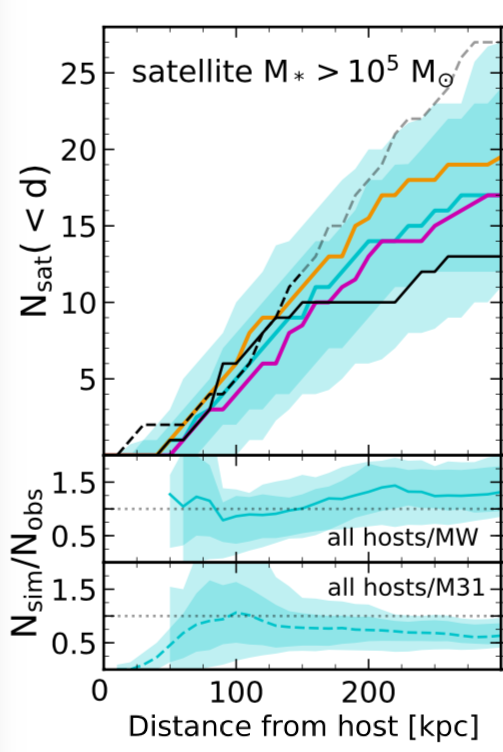
We are excited to announce the first student-led paper from our group, from PhD student Jenna Samuel: A profile in FIRE: resolving the radial distributions of satellite dwarf galaxies in the Local Group with simulations. Jenna examined the radial distance distribution of satellite galaxies around MW/M31-mass galaxies in our FIRE simulations, which she showed are consistent with the Local Group and with MW-like galaxies from the SAGA survey. Interestingly, more massive host galaxies have fewer satellites at small distances, because of tidal destruction from the host galaxy. Jenna also quantified the destruction of subhalos by comparing our baryonic simulations to their dark matter-only versions, finding 10x fewer subhalos within the inner 20 kpc. Finally, Jenna applied observational completeness within the LG to our simulations, predicting 2-10 more satellites with stellar mass > 1e5 Msun to be discovered around the MW and 6-9 around M31. Congratulations to Jenna for an excellent first paper!
Frontera supercomputer allocation: 106 million core-hours
The National Science Foundation (NSF) has awarded our FIRE collaboration an allocation of 106 million core-hours on the Texas Advanced Computing Center‘s new Frontera Supercomputer, which debuted as 5th most powerful supercomputer in the world. With this allocation, we plan to push forward on a range of large simulation projects, including our FIREbox large-volume simulation and a suite of simulations including alternative dark matter models. Congratulations to the FIRE collaboration!
Samantha Benincasa joins us as a postdoc
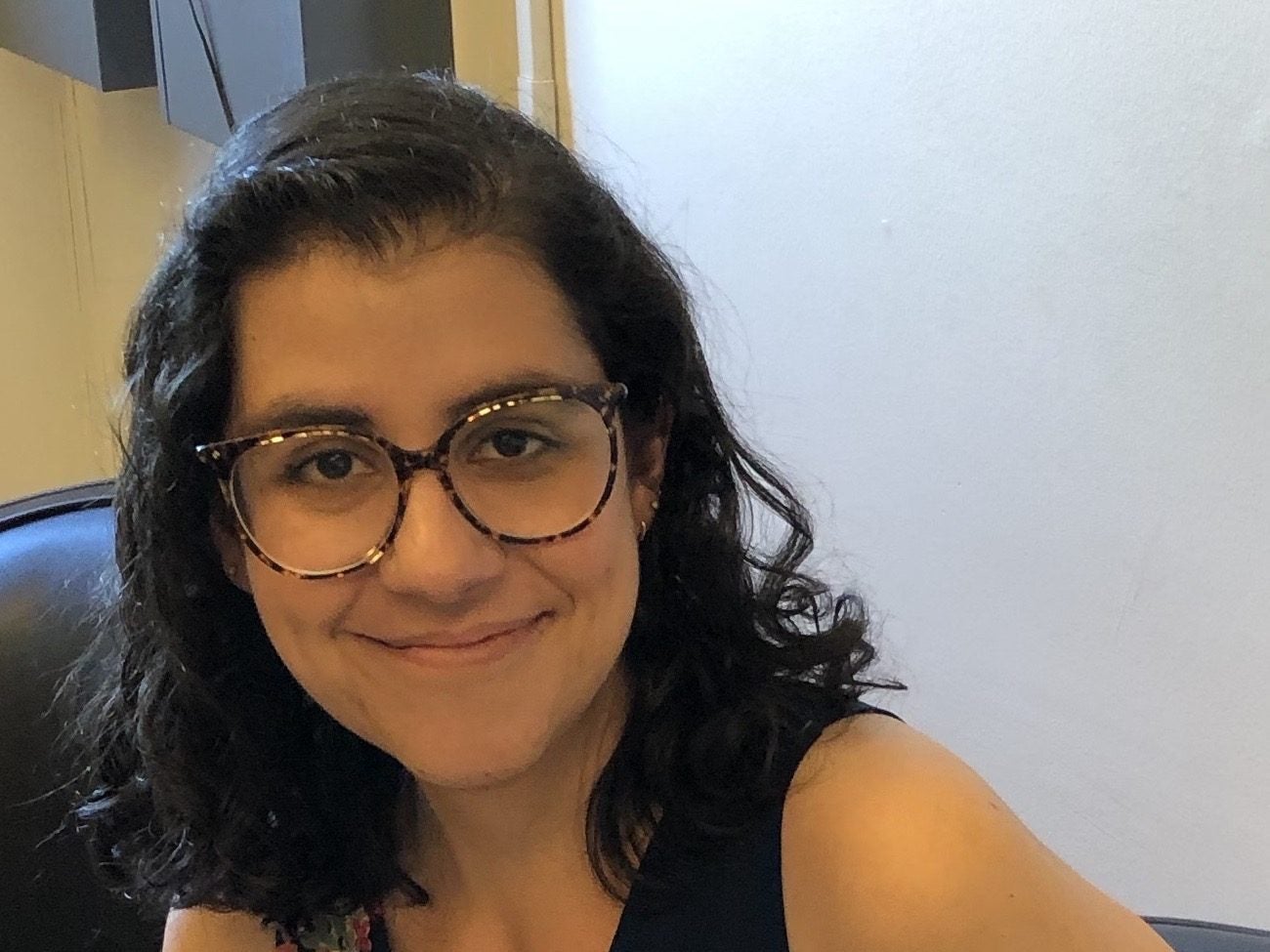
Samantha Benincasa joins our group as a postdoctoral research scholar. Sam recently earned her PhD in physics at McMaster University, working with James Wadsley on simulations of galaxy formation. Sam works on the interstellar medium in galaxies, including giant molecular clouds and their relation to star formation and stellar feedback. Welcome Sam!
